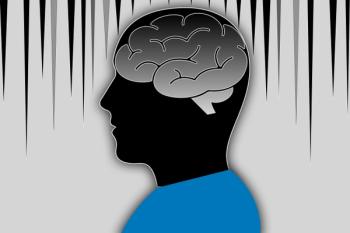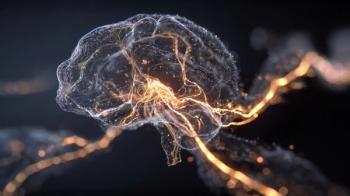
|Slideshows|December 19, 2019
2019 Year in Review: 12 CMEs You Can Take Right Now
Author(s)Laurie Martin
Our gift to you, this year's CME topics ranged from adult autism to ketamine, caffeine, TBI, and more. Credit is open to all health professionals.
Advertisement
Newsletter
Receive trusted psychiatric news, expert analysis, and clinical insights — subscribe today to support your practice and your patients.
Advertisement
Latest CME
Advertisement
Advertisement
Trending on Psychiatric Times
1
Phase 2 Proof-Of-Concept Study Evaluating BHV-7000 for Major Depressive Disorder Fails to Meet Primary Endpoint
2
The Psychiatric Pipeline in Review: Quarter 4, 2025
3
This Year In Major Depressive Disorder
4
The Second Coming
5

















